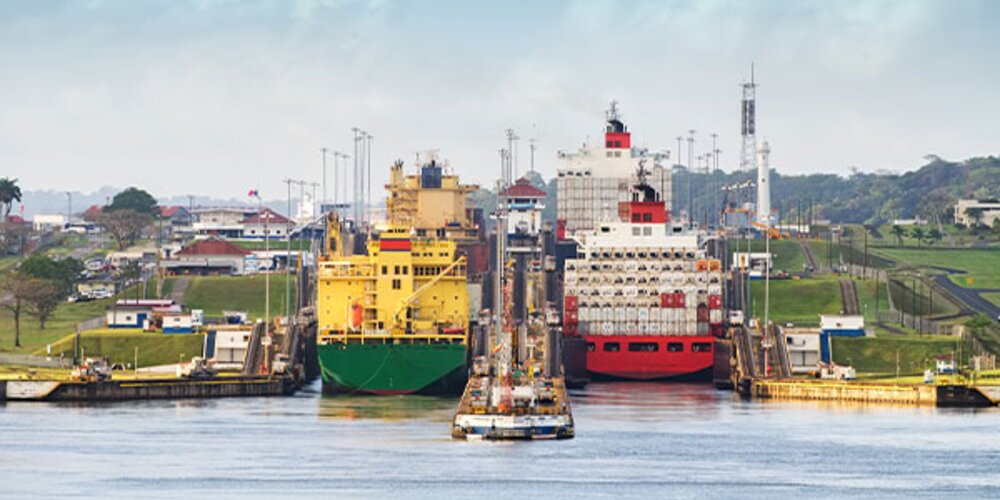Browse our services
Explore how Brookes Bell can help you
Find an expert
Meet our team, find and expert and connect
Contact us
Get in touch, we're here to help

The combination of the arrival of the El Niño phenomenon, climate change, and an unprecedented drought have led the Panama Canal Authority to introduce a series of water saving measures.
This isn’t the first time that the Panama Canal has been faced with drought conditions. The last period of intense drought occurred in 2019-2020. However, what used to be a ‘once in every five years event’, is now occurring every three years.
The Panama Canal Authority has outlined its response to the situation in a statement:
‘The Panama Canal has implemented water-saving measures to maintain maximum capacity in our reservoirs during the May through December rainy season and to cover the projected water demand during the dry season, which typically begins in January and lasts until April.
The current conditions, however, are creating an unprecedented drought, and thus far have produced the driest year on record since 1950.
Consequently, climate change is progressively lowering the canal’s reservoir levels and forcing the Panama Canal to periodically manage water utilisation in a sustainable manner to maintain acceptable and competitive draft levels’.
So, what exactly is the Panama Canal Authority doing to offset the impact of the current drought conditions?
Ricaurte Vásquez Morales, the Canal’s Administrator, explains:
“We have implemented procedures such as cross-fillings, cross-spilling and short chamber lockages in the Panama locks, and increased the use of water-saving basins in the Neopanamax locks.
Additionally, we have minimised direction changes between northbound and southbound transits in Gatun locks, maximised tandem lockages and have suspended hydroelectric power generation among other controls”.
Aside from these actions, the Panama Canal Authority is also collaborating with the United States Corps of Engineers to evaluate long-term solutions. These efforts are part of the Water Sustainability System which is studying different scenarios and growth projects to find long-term solutions that will allow the canal to continue to operate for at least the next 50 years.
Unfortunately, it has become clear that the current drought is having an economic impact upon the Panama Canal and those who use it.
At the time of writing, the Canal has informed its customers that based on the current and projected levels of its water reservoirs, vessels transiting the Neopanamax locks are allowed maximum drafts of up to 44.5 feet.
If you want to improve your bridge management, vessel operations and processes, then Brookes Bell’s Master Mariners can help.
With direct command experience of a wide range of vessels, our Master Mariners are able to advise on a range of issues including; speed and consumption disputes, collisions and groundings, stowage and securing assessments, hold cleanliness, tanker operations, pollution control and more.
For more maritime industry insights and information, read the Brookes Bell News and Knowledge Hub…
Containerships Currently Moving at All-Time Low Speeds | Future Proof Shipping Launches Its First Hydrogen-Powered Inland Container Ship | Reduction in Containers Lost at Sea in 2022